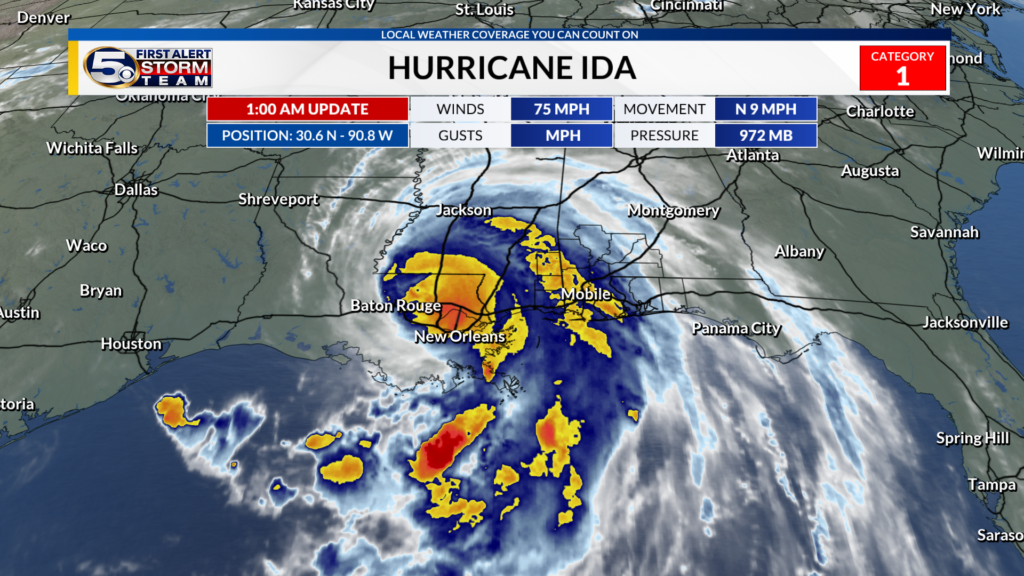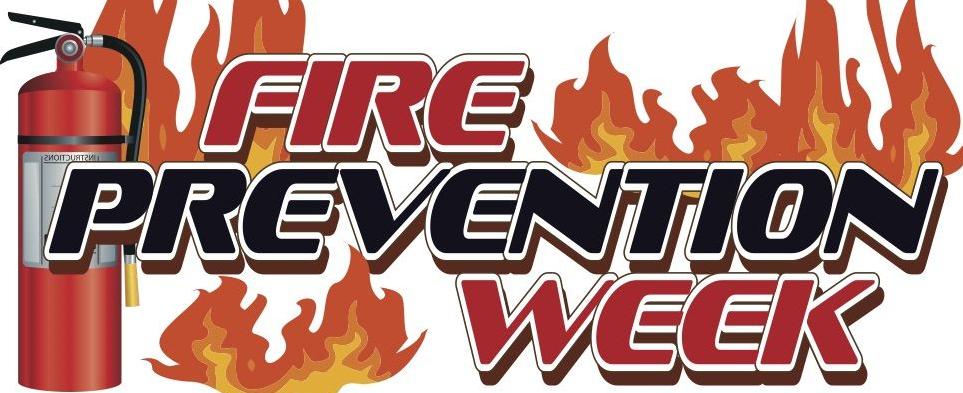Dry weather is a never-ending talker at the local coffee shops during the growing season, but even more during harvest. Farmers can get a lot of work done in a short time if the weather stays dry. John Baranick (rhymes with ”mechanic”) is a meteorologist with DTN, who says things might be a little drier as harvest continues to speed up across most of farm country.
Drying Off for Harvest
“A high-pressure ridge will continue to move into the Pacific Northwest and will block a lot of moisture from reaching the Upper Midwest for several days,” Baranick says. “Now through the last week of September should be pretty good for getting out there and harvesting the crops.”
The 2021 drought dried out a big chunk of rural America this year, but over the last several weeks, much of the American farm country saw consistent rainfall. Baranick, an Iowa State University graduate with degrees in meteorology and agronomy, says the consistent rain has recharged at least some of the deficit in soil moisture.
“It has,” he said. “We’ve seen some good rainfall in Minnesota, Iowa, the eastern Dakotas, Wisconsin, and Eastern Nebraska over the past several weeks. The level of drought keeps getting reduced in many of those areas. Some areas in the category of D3 drought were eliminated in northeastern South Dakota and northwest Iowa.
“Unfortunately, most of these areas have been so far behind on rainfall that getting almost a summer’s worth of rainfall in a month wasn’t enough to eliminate the drought,” Baranick added.
He estimates that dry weather has put most areas around 6 to 8 inches behind on their average rainfall totals. It’s even worse in western South Dakota. “I was talking to someone that farms out there, and he’s 10 inches behind on their average rainfall total,” he added. “We’re way behind, and it’s going to take a lot of rain to reverse that trend.”

Baranick, a meteorologist with DTN since 2011, says the fall season will have a lot of variability in the systems moving through rural America. Early September featured some good rainfall, but for the rest of September into October and November, he says they don’t see a strong signal either way of above-normal precipitation that will eat into some of that dryness.
“Some areas may improve a bit while others could degrade,” he said. “I don’t think there’s going to be a lot of movement either way through the fall season. We also don’t see a lot of moisture recharge during the winter season either,” Baranick said.
“Even with good precipitation over the winter, an extra inch or two isn’t going to bite into the five, six, or even eight inches of rainfall deficit we’re looking at,” he said. “We’re going to be dependent here in all these drier areas across the Western Corn Belt, especially the Northwest Corn Belt, for recharging our soil moisture and getting next season’s crop off to a good start.”
Plains Staying Dry Too
Dry weather is affecting he Great Plains from southern Nebraska down through Texas, which makes up the country’s largest winter wheat-producing area. A recent look at the Drought Monitor showed drier areas spreading out quite a bit across even more of Texas, Oklahoma, and southern Kansas.
“We’re looking for some rainfall in many of these areas because it’s also been hot,” Baranick said. “The temps have been above 90 and approaching 100 degrees on many days. The temps have been way above normal, and it’s sucking the moisture right out of the soil. Unfortunately, any systems potentially coming through this week don’t look like they have a lot of moisture.”

He says that high pressure setting up in the western U.S. will help keep systems at bay in much of the Plains as well. Unfortunately, the above-normal temps and dry weather in the forecast will continue to sap the remaining soil moisture.
Looking ahead to the fall and winter seasons in the south, we’re heading into a La Niña weather pattern, which typically means warm and dry weather in southern states. These areas seeing their soil moisture drying away don’t have a lot of immediate hope for building that back into the soil.
“For wheat production in the Plains, we’re going to be dependent on moisture coming into the region,” he said. “Hopefully, fall rains will be timely enough to get some good root development in wheat through the fall before they go dormant in the winter.
“We’re hoping that the rains turn on right away when we get out of the La Niña in the spring,” Baranick added. “If we don’t, the winter wheat crop in the Plains is going to be hurting.”
South Finally Drying Up After Storms
Hurricane Ida and Tropical Storm Nicholas brought a lot of extra water to the Southern States and the Delta Region. Moisture coming into the region off the Gulf of Mexico was difficult to turn off.

“We will see some dry weather conditions finally get into the South,” he said. “That’s good because it’s going to take a bit for soybeans and cotton to dry off.”



